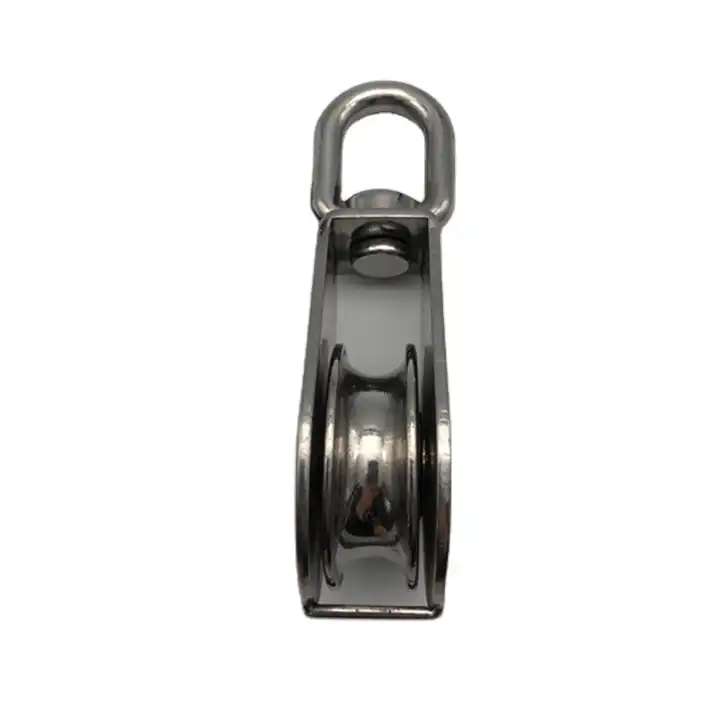News
វិច្ឆិកា . 09, 2024 11:21 Back to list
Custom DIN 582 Lifting Eye Bolt Solutions for Your Industrial Needs
Understanding Custom DIN 582 Products A Guide to Specifications and Applications
In various industries, the need for specialized fastening solutions is paramount. One such solution comes from the custom design of DIN 582 products. These components, primarily eye bolts, play a critical role in lifting, securing, and managing loads safely. This article delves into the significance of custom DIN 582 products, their specifications, manufacturing processes, and applications across different sectors.
The Importance of DIN 582
DIN 582 refers to a standardized specification established by the Deutsches Institut für Normung (DIN), which sets the requirements for eye bolts used in lifting applications. These eye bolts are characterized by their rounded eye-shaped loop, which allows for the attachment of a hook, wire, or other rigging equipment. DIN 582 products are crucial in ensuring that loads are lifted and moved safely without the risk of failure.
While standardized products serve many purposes, industries often require custom solutions tailored to specific needs. This is where custom DIN 582 products come into play. Customization can involve variations in size, material, load capacity, and finish, ensuring that the product meets the unique requirements of different applications.
Specifications of Custom DIN 582 Products
The specifications of custom DIN 582 products can vary widely. Key factors include
1. Material Standard eye bolts are often made from carbon steel, stainless steel, or other alloys. Custom solutions might require materials with specific properties such as corrosion resistance, enhanced tensile strength, or matching the environmental conditions of the application.
2. Load Capacity Every application comes with its own set of demands regarding load-bearing capacity. Custom DIN 582 products can be engineered to handle specific weights and tension levels, ensuring safety and reliability during use.
3. Dimensions Standard dimensions may not fit all applications. Customization allows for precise measurements to ensure compatibility with other components in machinery or rigging setups.
4. Surface Finish The finish of the product can affect its durability and resistance to environmental factors. Custom solutions may involve specialized coatings or treatments such as galvanization or passivation.
Manufacturing Process
The manufacturing of custom DIN 582 products typically involves several key steps
1. Design Consultation Engaging with engineers or product designers to understand the specific requirements of the application.
custom din582 company

2. Prototyping Creating a prototype of the custom eye bolt to test for functionality and safety.
3. Production Utilizing advanced manufacturing techniques, such as forging and machining, to produce the final product.
4. Quality Control Ensuring that each custom product meets the specified standards through rigorous testing and inspection processes.
5. Certification Providing certifications that verify the product meets DIN standards and any additional industry-specific regulations.
Applications of Custom DIN 582 Products
Custom DIN 582 products find applications in a variety of industries, including
1. Construction Used extensively in lifting heavy structures and materials.
2. Shipping and Logistics Essential for securing cargo during transport.
3. Manufacturing Applied in assembly lines and machinery where specific load capacities and configurations are necessary.
4. Marine Employed in boats and ships for anchoring and securing loads in challenging environments.
5. Aerospace Customized solutions help in securing components in aircraft, where safety is paramount.
Conclusion
Custom DIN 582 products are essential components in various sectors requiring secure lifting and load management solutions. By understanding the specifications, manufacturing processes, and diverse applications, businesses can make informed decisions when seeking tailored products. Whether for construction, logistics, or any specialized application, investing in custom DIN 582 products ensures safety, efficiency, and reliability in operations. As industries continue to evolve, the demand for such specialized fasteners is likely to increase, highlighting the importance of innovation and customization in manufacturing.
